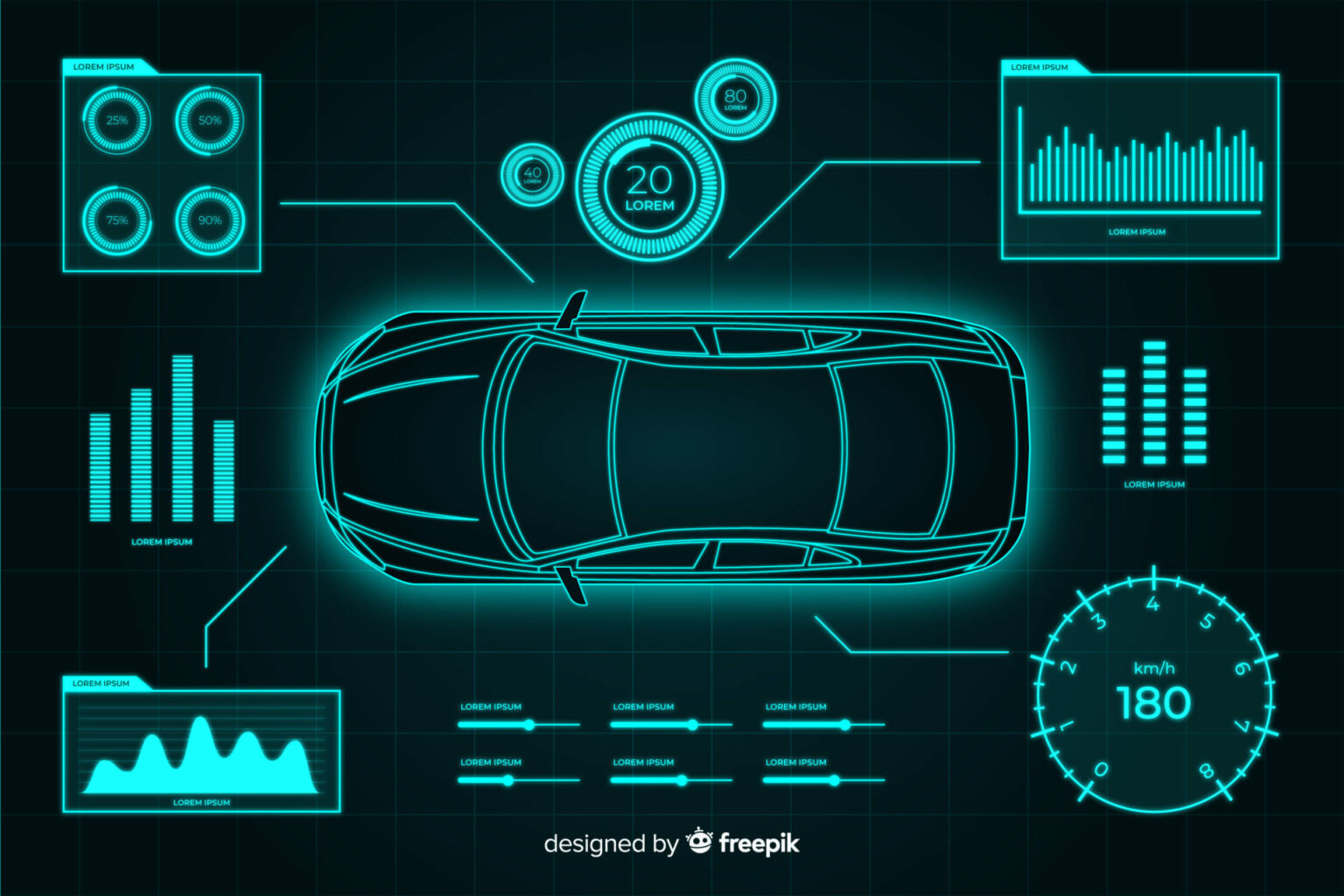Connectivity is a major concern when it comes to driving safety. The use of cell phones while driving is one of the biggest causes of traffic accidents in Brazil and worldwide. With technological developments, our need to stay connected has grown.
As a result, automotive interfaces have been created to keep drivers connected without relying on their cell phones.
The infotainment system has gained prominence in the automotive sector, incorporating functions that enhance our travel experience.
However, a significant concern arising from this technology’s growth is how to build digital products that deliver real value. These products should truly keep drivers connected while causing as few distractions as possible.
Major manufacturers have entire departments focused on evaluating whether vehicle components, software, or hardware could pose dangerous distractions to drivers.
Physical buttons, like those on old radios, are easy to locate by touch, allowing drivers to maintain their attention on the road. In contrast, digital interfaces present a much larger number of clickable options.
Drivers must quickly glance at the panel to find the desired icon, and then look again to confirm their choice. Some studies indicate that this level of distraction is comparable to the well-known danger of texting while driving.
Finding the Balance
How can we ensure the balance between connectivity and safety?
First, it is essential to focus on the user and consider the usability of the developed solution. It needs to be safe, requiring minimal attention from the driver, while also being intuitive, fast, and pleasant to use. Every digital product must be developed by understanding the users’ pains and needs.
Additionally, we must embrace new technologies and innovative ways to bring connectivity to cars. Simply transferring the way we use cell phones to the vehicle’s multimedia center leads to distractions and, consequently, accidents.
On the other hand, limiting functions and connectivity to avoid distractions undermines the driver’s experience, pushing them to turn back to their cell phones.
Also read: TISAX and the Automotive Industry: What IT Managers Need to Know When Selecting Suppliers
Strategies for Enhancing Connectivity While Ensuring Safety
Here at ília, we recognize the importance of integrating new technologies safely. For instance, we advocate for using voice commands and simpler, more intuitive steering wheel buttons to keep drivers’ hands in the right place longer.
Other alternatives include dashboards or heads-up displays that provide information only when relevant and timely, allowing drivers to keep their eyes on the road.
We must always remember that if it is easier or faster to use a traditional method instead of a new alternative, we are on the wrong track.
Until vehicles become autonomous, we must remain vigilant about the driver’s attention. We believe that the future of infotainment must focus on a holistic view of user experience, enabling connectivity similar to that of our smartphones.
This approach seeks to balance increasing the options available to drivers while delivering experiences as compelling as those offered by mobile devices, all without diverting attention from the road.
To address this challenge, we must adopt new technologies and develop alternatives that safely extend infotainment features. How will you find this balance?
Text: Brunno Ferraz, Operations Manager at ília
